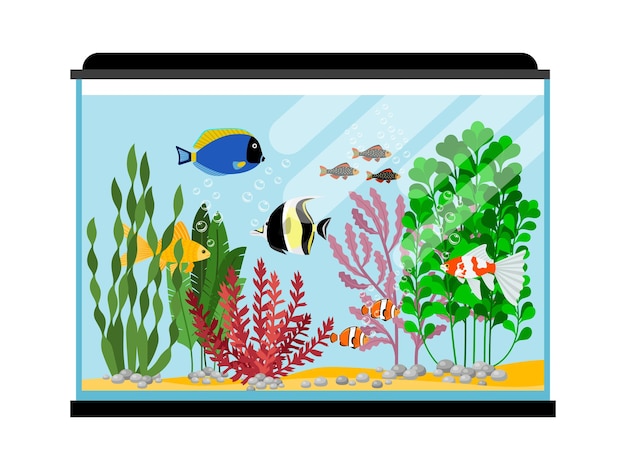

Pet Fish Tank Care
Imagine entering a tranquil underwater world where colorful fish swim gracefully in clear water, and leafy plants gently move with the currents. Having a stunning and healthy fish tank isn’t just about filling it with water and adding a few fish. It takes careful attention to detail and proper care to ensure your aquatic pets thrive. Let’s dive into the key tips and strategies for creating a vibrant and well-maintained fish tank.
Tank Size and Setup
First things first: getting the right size tank for your fish is crucial. The tank size depends on the type and number of fish you plan to keep. Different fish species need different amounts of space, so do some homework to figure out what’s best for your fish. Larger tanks offer more swimming room and allow for greater diversity in fish species.
When setting up your tank, consider the space needed for decorations, plants, and equipment. These elements not only make the tank look more appealing but also offer hiding spots and resting areas for your fish. Including plants, rocks, and driftwood can create a natural and stimulating environment for your pets.
Don’t forget about filtration and water circulation. A good filtration system keeps the water clean and clear by removing harmful substances. Adequate water circulation ensures oxygen and nutrients are evenly distributed throughout the tank.
Different fish species have varying requirements for temperature, pH, and water hardness. By understanding these needs, you can set up a tank that closely mimics their natural habitat, keeping them healthy and happy. Seeking advice from experienced fish keepers or pet counselors can also be incredibly helpful in making informed decisions about tank size and setup.
Water Quality and Parameters
Keeping an eye on water quality is essential for the health of your fish and plants. Regularly test the water parameters like pH, ammonia, and nitrate levels. Monitoring these ensures a balanced environment where your aquatic pets can thrive, and helps prevent potential issues from imbalanced water chemistry.
pH Levels
Monitoring pH levels is key to maintaining water quality. The pH level measures the acidity or alkalinity of the water and can significantly affect your fish’s health. For freshwater fish, aim for pH levels between 6.6 and 6.8, while saltwater fish thrive at pH levels between 7.6 and 8.4. Regularly using a pH test kit helps you keep the levels within the optimal range.
If the pH levels are too high or too low, your fish can experience stress, illness, or even death. Consulting with pet counselors can provide valuable advice on maintaining pH balance and other chemical levels in your tank. Regular checks on nitrate, nitrite, and ammonia levels are equally important for overall water quality. Before adding new fish, always test the water and make necessary adjustments to create the best conditions for acclimation.
By paying attention to these aspects, you’ll be well on your way to creating a beautiful and thriving fish tank that both you and your aquatic pets will enjoy.





